Ronald Trent Anderson
Retrospective Exhibit
June 9th – July 25th, 2006
University of Wisconsin’s Porter
Butts Gallery in the Memorial Union on Lake Mendota,
Madison, Wisconsin
It was here that Ronald Trent Anderson participated in his first professional
exhibit in 1959. The present show, spanning more than 50 years, brings
us up to date with his current work and includes a number of award winning
pieces done in a wide variety of styles and media. Here are some additional images: |
|
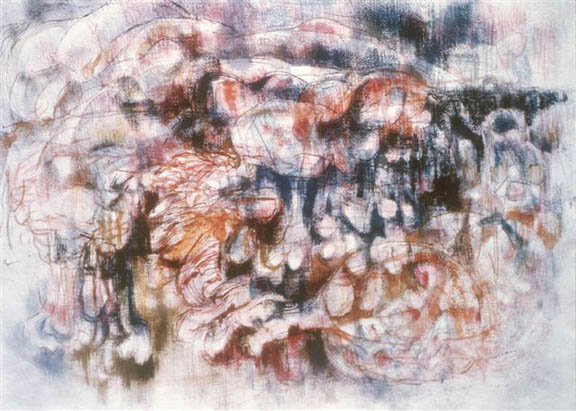
Mountains In Sunlight
26” x 34”
|
| During his student days at the University of Wisconsin, Anderson immersed
himself in Abstract Expressionism and far eastern art, developing an expressive, linear style. |
|
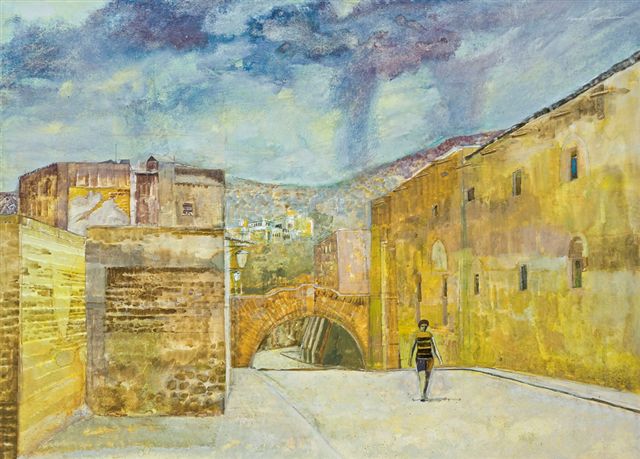
A Street In Guanajuato
1965, gouache |
| In the mid-60’s Anderson became interested in photography
and began using his own photos as points of departure for
representational paintings. A Street In Guanajuato was
spawned by a trip to Mexico in 1964. In reviewing Anderson’s
Milwaukee exhibition in 1965, Donald Key noted that “the
artist has turned to compositions strongly representational . . . the lyric tonal poetry of these compositions is as fresh and distinctive as his earlier abstractions.” |
|
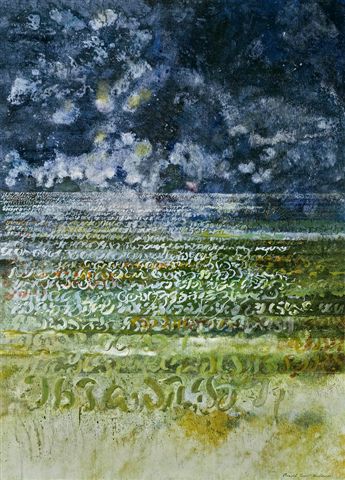
Fathoms Deep
30” x 40”
|
| In 1964 Anderson did a series of calligraphic paintings
using real and imagined written forms or what he calls “pseudo
letters”
to create an illusion of deep space. |
|
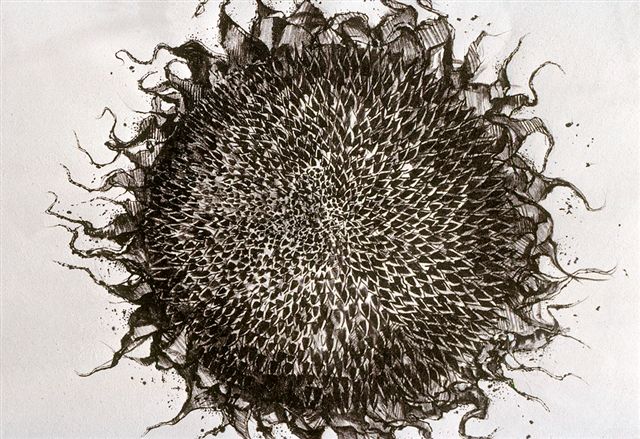
Fleeting Gold (detail)
22” x 26” |
| Fleeting Gold was inspired by Robert Frost’s
poem Nothing Gold Can Stay |
|
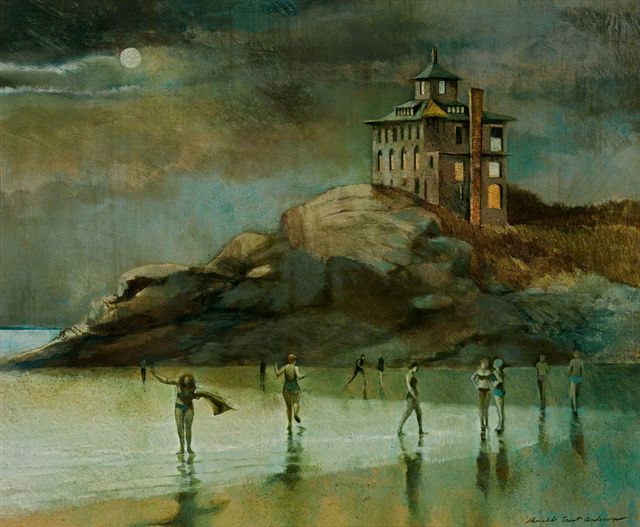
Good Harbor Moon
26” x 30” |
| The painting began as a daytime beach scene. As the
work developed, however, Anderson’s creative spirit
took over, redirecting it into a nocturne. Generally,
he paints in this intuitive manner, regardless of style. |
|
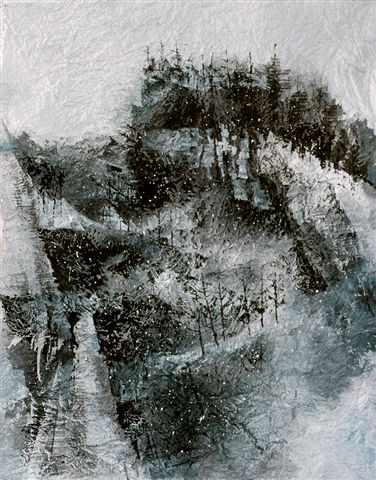
Snowy Ravine
1998, Chinese ink and watercolor 24" x 30" |
| A 1996 trip to China influenced this work. In 1998,
while painting in Colorado Springs on a Sharpe Art Foundation
Fellowship, he recalled China,
“particularly Guilin, where I studied the limestone pinnacles
depicted in Chinese landscape Painting. In Colorado I have
been creating largely from imagination,”
he wrote. “My subjects are mountains . . . mystical to
be sure. The shapes are derived from local rock formations.” |
|

Pikes Peak
collection of David and Milly Przybylowski |
| Although most of Anderson’s Colorado works were
done from imagination, Pikes Peak was viewed from his
studio. |
|

A Winter Walk
2006, woodcut 16" x 20" |
| |
|